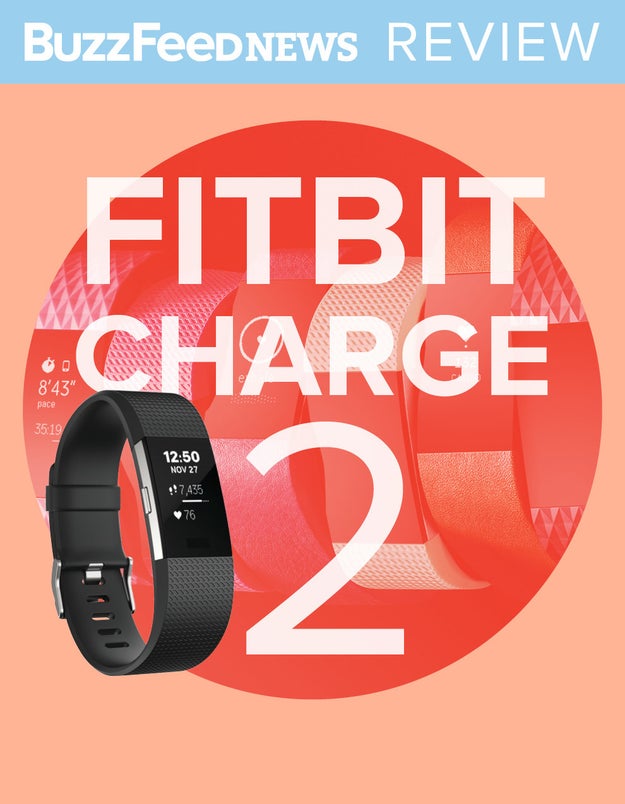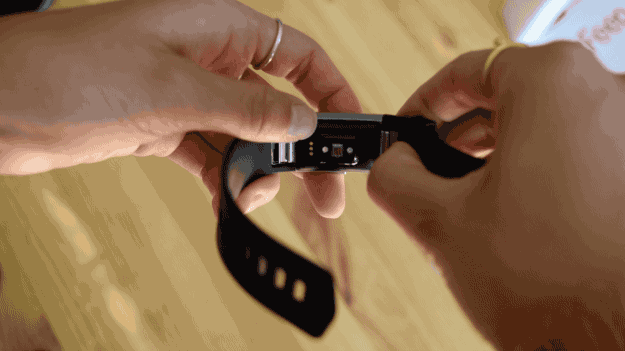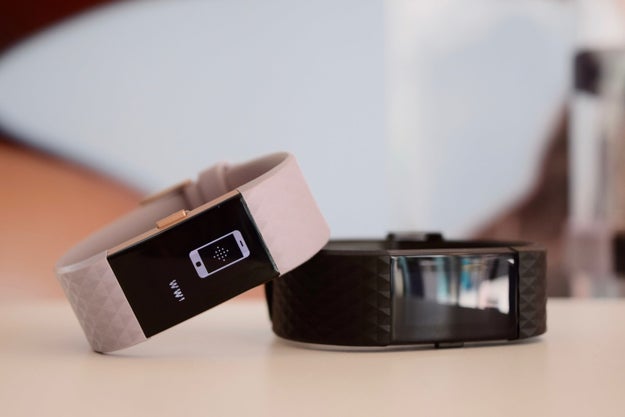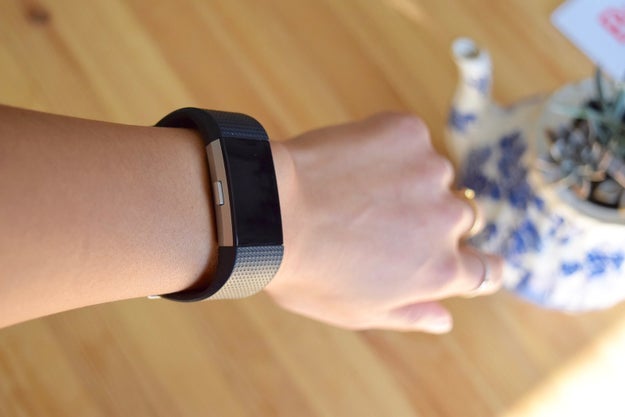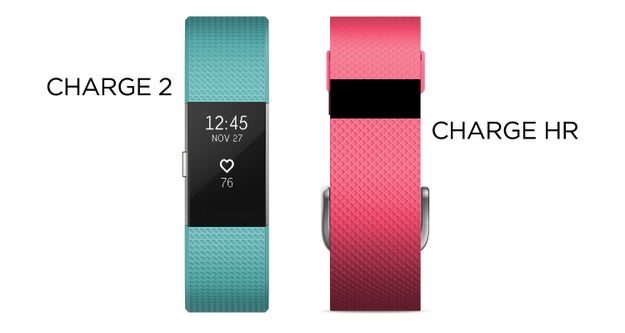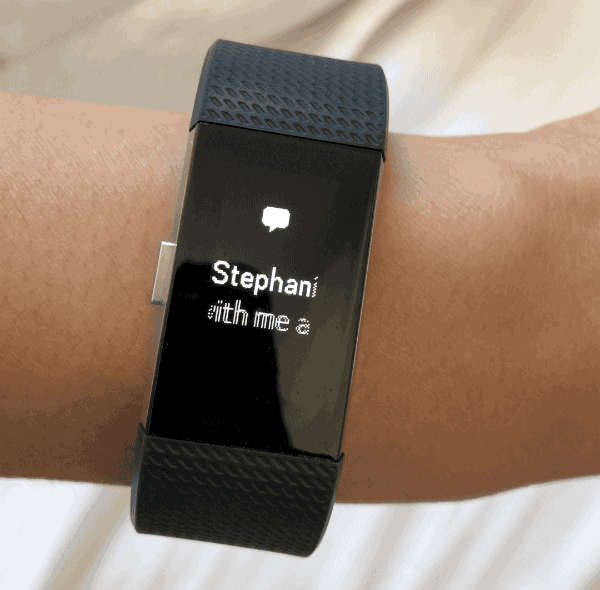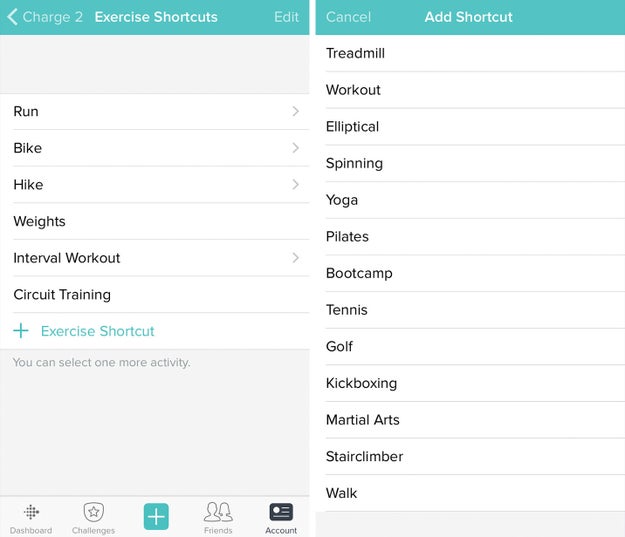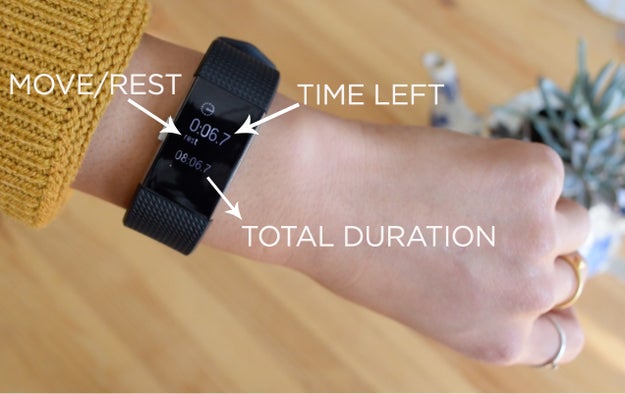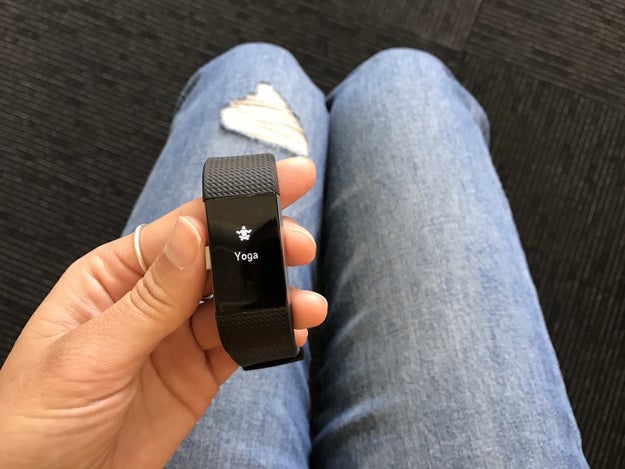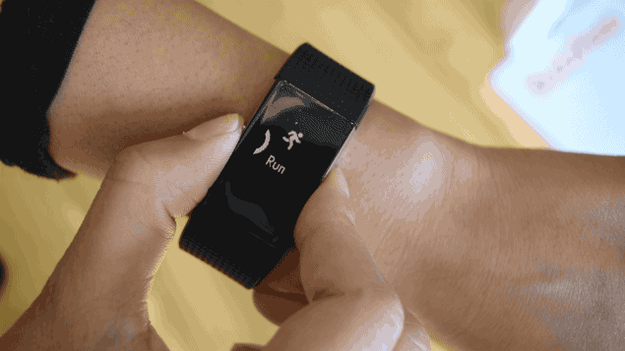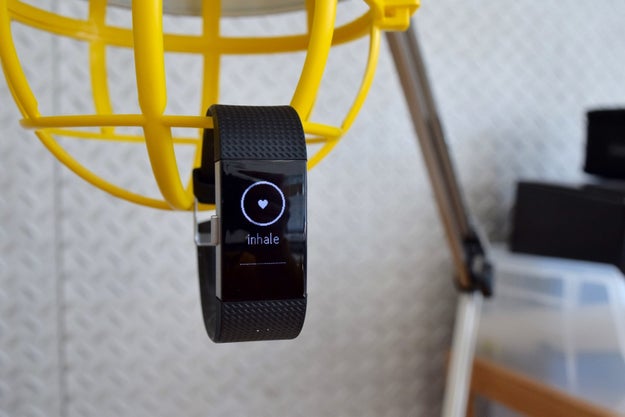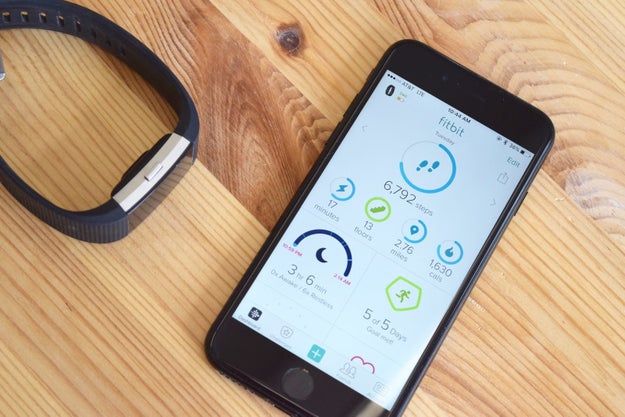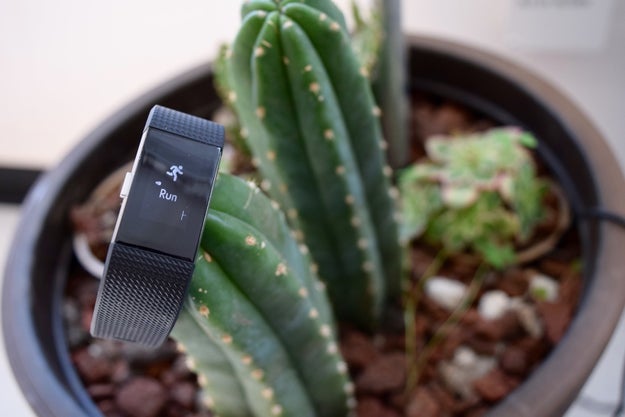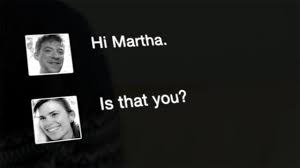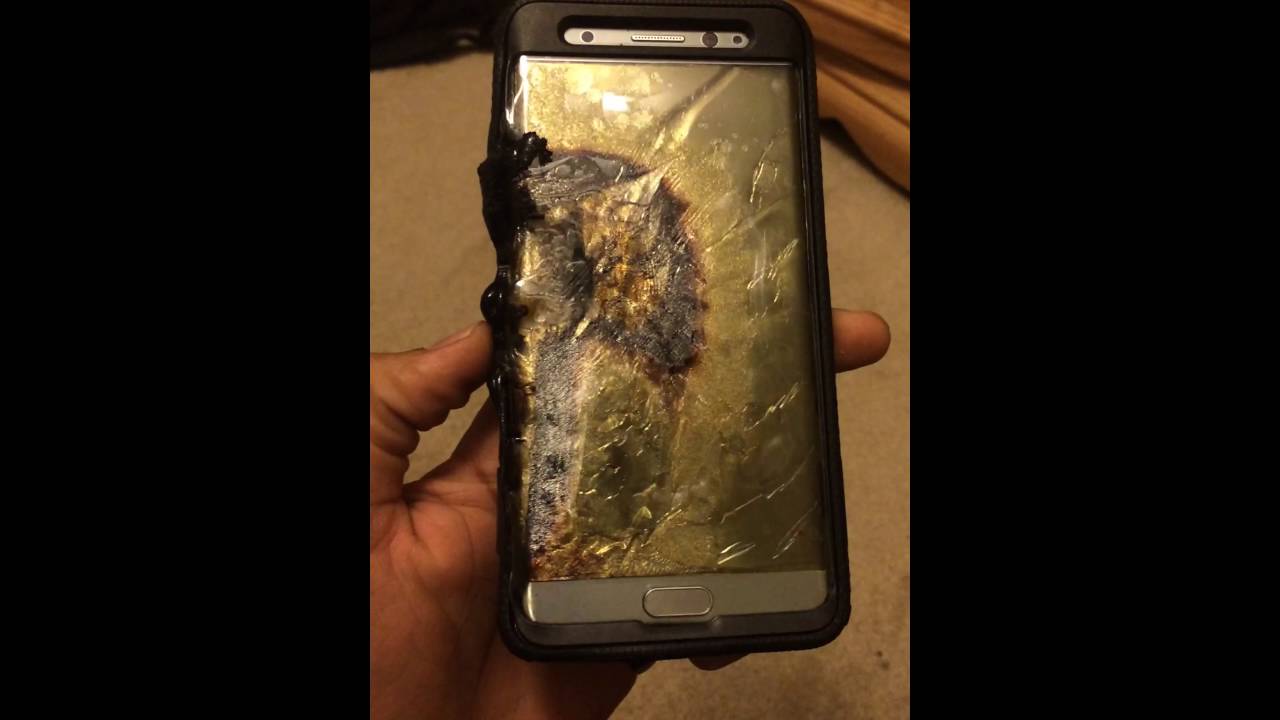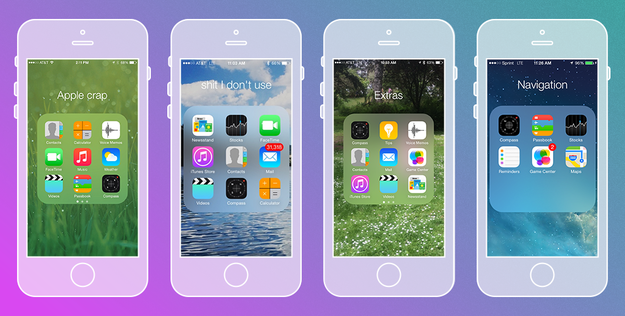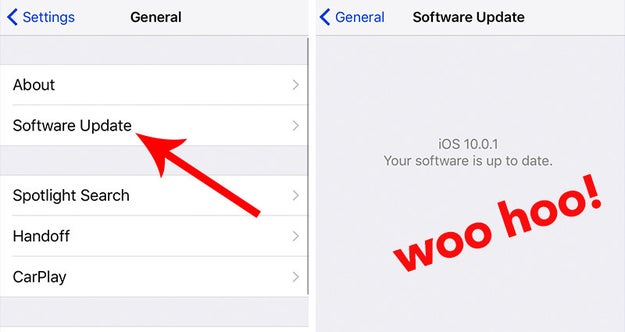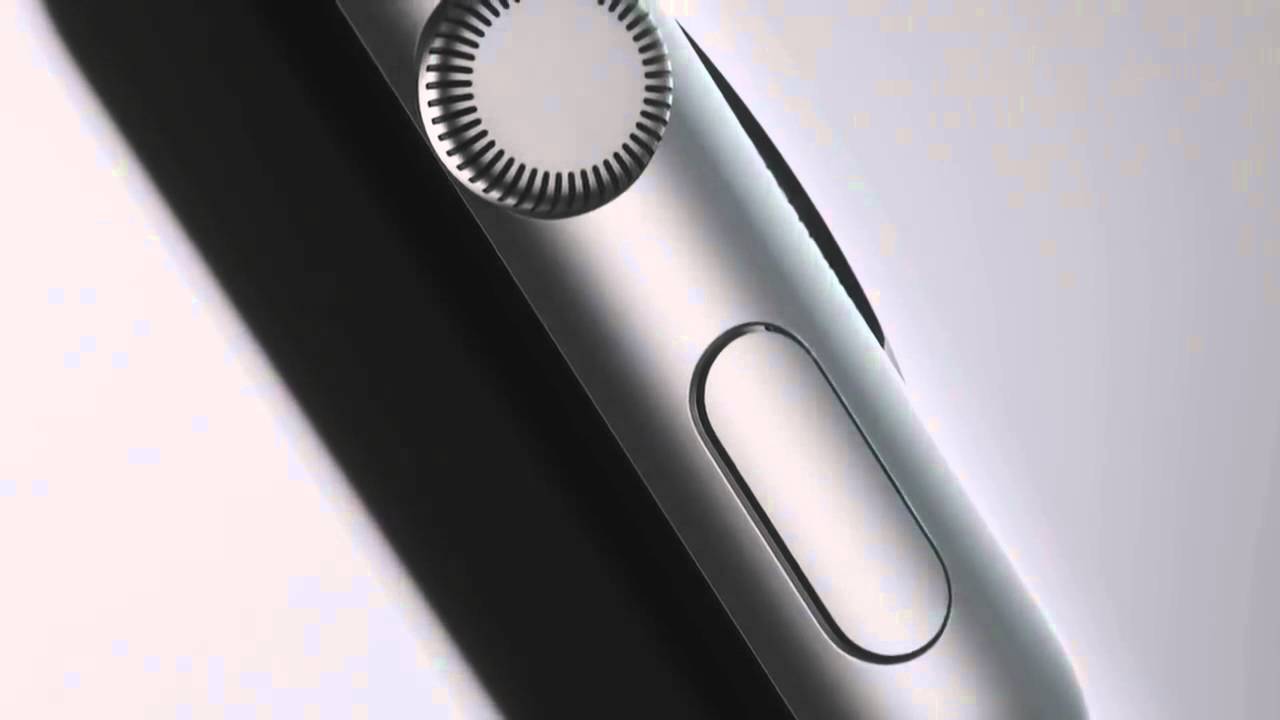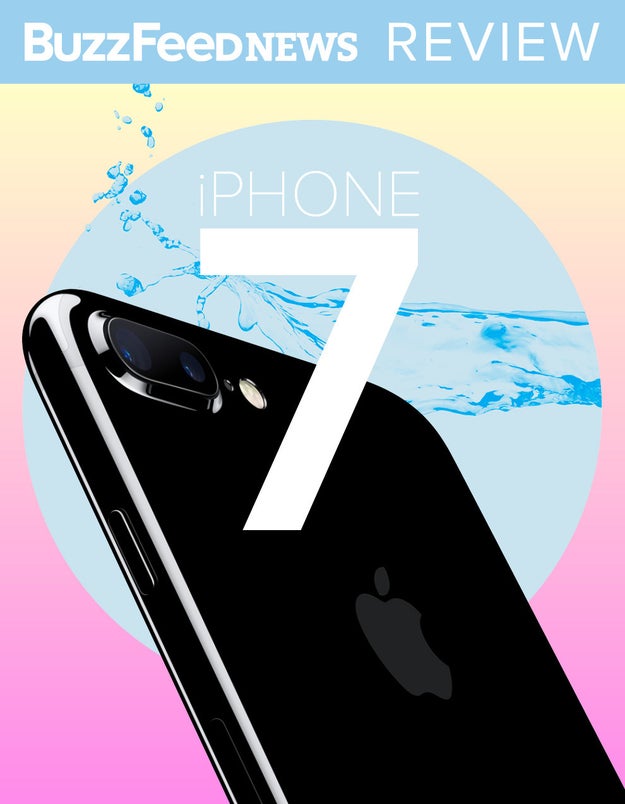Meet The Trump Movement's Post-Truth, Post-Math Anti–Nate Silver
On March 9, 2016, Mitt Romney was sitting on one of Jimmy Kimmel’s purple crushed-velvet chairs just trying to be a good sport. “This one’s from a Trump supporter,” Kimmel said as Romney accepted a stack of note cards full of PG-13 tweets calling the former Republican presidential nominee a loser. Through a pained smile, Romney read the contents of the card for the audience at home: “Donald Trump is trying to pull America back from the brink and freakin' Mitt Romney is playing with matches in the bathroom.” Romney paused a beat, flashing a tired Jim Halpert-esque smile to the camera that’s all but become our national facial expression this election cycle, and shook his head. “I’m not touching that, I’ll tell you that.”
The bit dredged up a few nostalgic laughs and would make the rounds the next day on cable news. But the real effect was felt 3,000 miles away in a house in suburban Charlotte, North Carolina, in the Twitter mentions of a 56-year-old executive recruiter named Bill Mitchell. It had been Mitchell’s tweet that Romney read aloud, and though it was after midnight on the East Coast, his phone lit up as his 20,000 followers giddily tweeted him; the Kimmel shout-out was, as the Donald might put it, “big league.” It didn’t matter that the segment was as much about laughing at the impotent vitriol of the anonymous tweeters as it was at Romney; for Mitchell, the bit was proof of concept: It was fine if people were laughing at him as long they were paying attention.
Seven months later, Bill Mitchell — or @mitchellvii, as he&039;s known on Twitter — has more than quadrupled his audience. Tweeting an average of 270 times per day, he has arguably become Donald Trump’s most unrelenting social media surrogate. Despite Trump&039;s leaked tax returns and sexual assault allegations, Mitchell isn’t just unwavering in his support, but increasingly certain of his candidate’s chances, gunslinging 140-character projections like this one into the world every few minutes:
Mitchell has become this cycle’s mascot for a specific strain of poll-unskewing, conspiracy-theorist Trump supporter — earnest enough in his mistrust of modern electoral data and disdain for basic math that many have suspected @mitchellvii is perhaps a parody account. A few of his greatest hits:
-
“Trump&039;s groundgame isn&039;t in a computer, it&039;s in our hearts”
-
“Imagine polls don&039;t exist. Show me evidence Hillary is winning?”
-
“Jesus was perfect and the media of his day had him crucified.”
But Bill Mitchell is no performance artist and, should you meet him, he’ll tell you that unprompted. “Oh, people think this is a parody account? Well, I have 90,000 followers and a blue check, so explain that,” he told me over a recent Skype interview. (Mitchell wouldn&039;t do in-person interviews for “security reasons,” suggesting “there are those on Team Hillary who do not wish me well.”) Where many of Trump’s most visible surrogates appear worn down, hateful, or actual card-carrying bigots, @mitchellvii is an eternal optimist, hardly ever curses, and stays largely away from the language of the alt-right.
And as Trump continues to distance himself from his party and even his advisers, his increasingly paranoid message is beginning to sound like one long @mitchellvii tweetstorm. But unlike Trump&039;s operatives and surrogates, Mitchell has no campaign ties and no professional reputation to lose. He’s just a guy tweeting from his home office and, arguably, the only person alive who will come out of the 2016 presidential campaign better than he started it.
“Oh, people think this is a parody account? Well, I have 90,000 followers and a blue check, so explain that.”
Glancing at his Twitter bio page, you’d think Bill Mitchell has been around the conservative talk pundit scene for ages. His face is long, with a head of well-styled silver hair and an intense jawline and bushy eyebrows that arch at a cartoonish pitch. Alongside his headshot, his bio boasts that his show, YourVoice™ Radio, is “a number one political talk show.” No matter that the show is hosted on a DIY podcasting platform and has only a few thousand listeners per episode. “Everyone seemed to assume he was some sort of somebody — like, a longtime local radio guy or whatever,” one reporter told me when I asked if he knew where Mitchell came from.

Mitchell&039;s radio show, which streams on YouTube.
In truth, Mitchell’s only qualification seems to be that he just started tweeting a lot. “I’ve always been clever with words,” he said. “As a recruiter, I make my living as a communicator. I’m good with word images and painting pictures with a short phrase here and there that people can relate to.” When asked how much time he spends crafting his tweets, he dismissed the idea that there’s too much forethought. “I’m just firing the thoughts out as I come to them. I have an interesting take, you see. I delve into the internals and really tell people what’s going on and it’s given me some fame.”
“I’m good with word images.”
Mitchell believes he’s been able to tap into a powerful demographic of disenfranchised, underrepresented voters who feel the country is on the wrong track and in need of a savior. “These are the people who call into Rush Limbaugh who hold on the line and never get on the air. My tweets caught on because I was saying out loud and using my talent for words to say what they wanted.” According to Mitchell, he’s averaging 40,000 retweets and 10 million Twitter impressions each day.
Mitchell&039;s appeal makes sense — he&039;s one of them. Like his audience, he&039;s quick to indulge a good conspiracy theory and subscribes to a media diet free of “mainstream bias,” reading Breitbart, Conservative Treehouse, DC Whispers, the Gateway Pundit, and the occasional Drudge article. He doesn’t check mainstream sites and networks like CNN or MSNBC because “it’s all spin to me.” For a growing number of Americans who’ve defined themselves online by adding “Deplorable” to their Twitter handle, @mitchellvii is a beacon in a growing storm of bad news — a kind of post-truth, post-math Nate Silver. For everyone else, the account is an almost anthropological look at Trumpism at its most simple-minded.

Mitchell&039;s executive recruiting business website.
When we spoke, Mitchell was fighting off a nasty flu he&039;d picked up around the same time that leaked footage from Access Hollywood showed Trump bragging about groping and kissing women. But rather than let it sideline him, Mitchell saw his fever and laryngitis as a kind of divine test. “They say that opportunity knocks at inopportune times and that’s why so many people don’t live out their dreams,” Mitchell told me. “I won’t lie to you, this is fun. I’m on a mission.”
To hear Mitchell tell it, that mission started around the time he was 10 years old, putting up signs in his neighborhood for Nixon. He’s a lifelong Republican but didn’t find the spark until he watched Ross Perot run as an independent presidential candidate in 1992. For Mitchell, who’s run his own business for decades, the idea of a businessman in the White House just seemed to make sense. And in June 2015, he got his wish with Donald Trump. “Around then I was an armchair quarterback with only 100 Twitter followers,” he said. “But when he decided to run, that’s when I decided to jump in.”
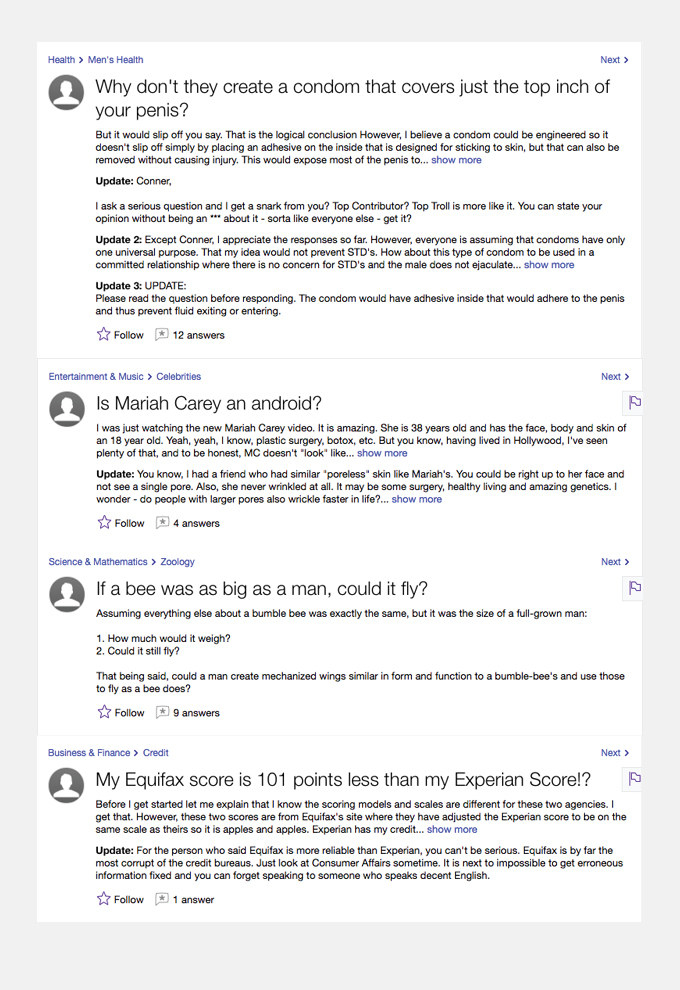
Screenshots of Mitchell&039;s Yahoo! Answers activity.
Traces of Mitchell’s online presence from before he took his Trump oath of allegiance reveal an exceedingly average middle-aged man. He&039;s unmarried and has no kids. He graduated of the University of Maryland in 1982 and now runs an executive recruiting business, ExecutiveDecision.biz, which touts his “bold, pro-active style” that “empowers clients to acquire the finest staff on target, on time, every time.” His Yahoo Answers profile, stretching back more than a decade, paints a fuller picture. Across hundreds of questions and answers, Mitchell reveals a successful recovery from colon cancer, a frequent desire for feedback on whether or not to color his graying hair, and endless mundane curiosities ranging from the silly (“Why do Jack Russell owners all look like the [sic] want to kill themselves?” “Would a bumble bee the size of a man be able to fly?”) to the more existential (“What is intuition and how often is it correct?” “Why don&039;t they create a condom that covers just the top inch of your penis?”).
When he talks about polls, Mitchell’s friendly voice lowers considerably to the cadence of a condescending Little League coach. Mitchell’s take is that the polls are skewed to further silence Trump and the silent majority as a result of oversampling and overweighting Democrats. Get him going on the subject and he’ll argue that scientifically random polls conducted via landlines aren’t actually scientific or random, given the response rates; that the margins of error and small sample size tend to disqualify the national polls; and that major media polls don’t take into account built-in bias and key X factors — a favorite of Mitchell’s is “enthusiasm,” which Mitchell often calculates via tweets, yard signs, and rally sizes (Trump’s are YUGE, while Hillary struggles to put together a crowd of 200, he contends).
While in previous years this contempt for math would be roundly dismissed by all except the far fringes, today Mitchell’s message is inexplicably of the moment, casting the armchair tweeter in a different light. In a perfect world, Mitchell said, he would like to see polls abolished altogether — although he believes unscientific polls conducted via survey embeds on sites like the Drudge Report do a decent job capturing that elusive metric of enthusiasm. “If you arrived here from Mars today and you didn’t speak English but you saw Trump every single day of the week at these rallies — he’s dominating online, he’s dominating yard signs and rallies and all the physical things we can see. You’d think, This guy is winning. If it were up to me I’d make polling illegal. This is just my dream world.”
“The prize for the dumbest motherfucker on the internet goes to Bill Mitchell. This is a guy who’s proud of the fact that he doesn’t understand math.”
Pollsters and political operatives seem to agree that he’s living on a different plane of existence.
“The prize for the dumbest motherfucker on the internet — and there’s lots of competition this cycle — goes to Bill Mitchell, who’s way out ahead of the field,” Republican strategist Rick Wilson said when I asked him about Mitchell’s brand of punditry. “In the course of my 20-year career I’ve commissioned hundreds of surveys from presidential polling to state house races,” Wilson said, through intermittent, heavy sighs. “I’ve consumed a lot of polling and this is a guy who’s proud of the fact that he doesn’t understand math.”
Pollster Frank Luntz routinely takes shots at Mitchell on Twitter, calling into question Mitchell’s basic understanding of statistics. When Mitchell infamously tweeted this summer, “imagine polls don’t exist. Show me evidence Hilary is winning?” FiveThirtyEight’s Nate Silver had a laugh at his expense, tweeting, “Imagine there&039;s no polls/ It&039;s easy if you try/ No Pew or Quinnipiac/ On crowd size we rely.” Both Luntz and Silver did not respond to multiple requests to comment on Mitchell&039;s polling views.
Republican pollster Kristen Soltis Anderson — who recently had Mitchell’s “groundgame is in our hearts” tweet made into a ceramic coffee mug — is perhaps as charitable toward Mitchell as any statistician could possibly be. For her part, she understands the skepticism, driven by historical and recent polling misses like the Brexit vote. “He says in 140 characters the most absolutely perfect nonsense that anyone with any understanding can dismantle entirely,” Anderson says. “But we’re living in a post-fact environment. And If you don’t like the polls, having somebody who tells you they’re wrong makes you feel good.”
Becoming the laughingstock of the Washington establishment does not appear to trouble Mitchell. “I’m making all the right enemies,” he said. “You know you’ve made it on Twitter when famous people are trolling you. Frank Luntz trolls me all the time and I enjoy when they troll me. I enjoy the battle of wits.”
“I’m making all the right enemies.”
Despite Mitchell’s retweet-happy followers, his influence, even inside the Trump-supporting fringe conservative media sphere, is unclear. Before starting his homemade podcast, Mitchell was a frequent guest on the Wayne Dupree Show, a conservative podcast with a Cleveland AM radio following. Mitchell left the show abruptly under mysterious circumstances. (He has tweeted the departure was friendly and that he wanted to strike out on his own; Dupree didn&039;t wish to comment on the departure.)
Though he’s been retweeted three or four times by Trump himself, Mitchell claims he has no direct contact with the campaign and that no money has ever changed hands in return for his tens of thousands of on-message tweets. He suggested he’s in touch with a number of individuals close to the campaign and believes that the distance is “by design, so that I can remain an independent voice.” But one conservative media source suggested that Mitchell’s outsider status might have more to do with ego issues.
“He thought he was going to be in charge of a Trump group in North Carolina months ago and when he got there, he found out he wasn&039;t and left, deciding not to be a part,” a source said. Mitchell plays this down, alleging that he volunteered to run social media for the campaign in North Carolina but quit after a few weeks, deciding his personal account was more helpful to the campaign. Still, one source believes there’s tension between Mitchell and the campaign, explaining that earlier this year, Trump’s adviser and social media director Dan Scavino unfollowed Mitchell after an incessant series of Twitter direct messages filled with “pointers about how wrong they were doing social media.” Scavino did not respond to multiple requests for comment.
But what&039;s in it for Mitchell? He says that the work that goes into his radio show and constant tweeting “hasn&039;t come without considerable personal financial cost.” Still, he claims he hasn’t given thought to what could come after Election Day. “I have friends on TV who say when all’s said and done I should pursue this. I have people who now, before they go on TV, they contact me and say, ‘This is what we’re talking about, what should I say?’ and I give them zingers.” Though Mitchell wouldn’t reveal the identities of his TV friends, his podcast show has hosted, among others, Trump surrogate Katrina Pierson and conservative activist James O’Keefe.
But Mitchell’s influence is considerable — earlier this year, the MIT Media Lab listed him as the 26th most influential Twitter account of this election cycle (the highest ranked non-politician or journalist), between Lindsey Graham and Megyn Kelly. But neither a politician with the constant pressure to win elections nor a journalist bound by network standards and practices, Mitchell appears to have very little at stake. He is free to tout conspiracy theories that Clinton cheated in the debates with elaborate signals and teleprompters or that polls are an irresponsible way to take the pulse of an electorate.
“Trump has been caused, in large part, by a daily war against reality, waged not just by people at Fox News, but the Breitbarts of the world and random talk radio hosts like Bill Mitchell,” former Obama speechwriter Jon Favreau told me. “Information and media consumption is so diffuse now you have all these people on the right feeding other voters lies and alternative realities on a daily basis, and Bill is one of those people.”
Mitchell, for his part, is not worried about being wrong. After all, while the so-called experts dismissed Trump’s chances throughout the primaries, Mitchell was predicting landslide defeats with his gut, which he says is his guide. “It’s better to have tried and given it 100% than to sit back and worry about it,” he said. “I do what I think is right every day and say what I believe.”
Quelle: <a href="Meet The Trump Movement&039;s Post-Truth, Post-Math Anti–Nate Silver“>BuzzFeed


